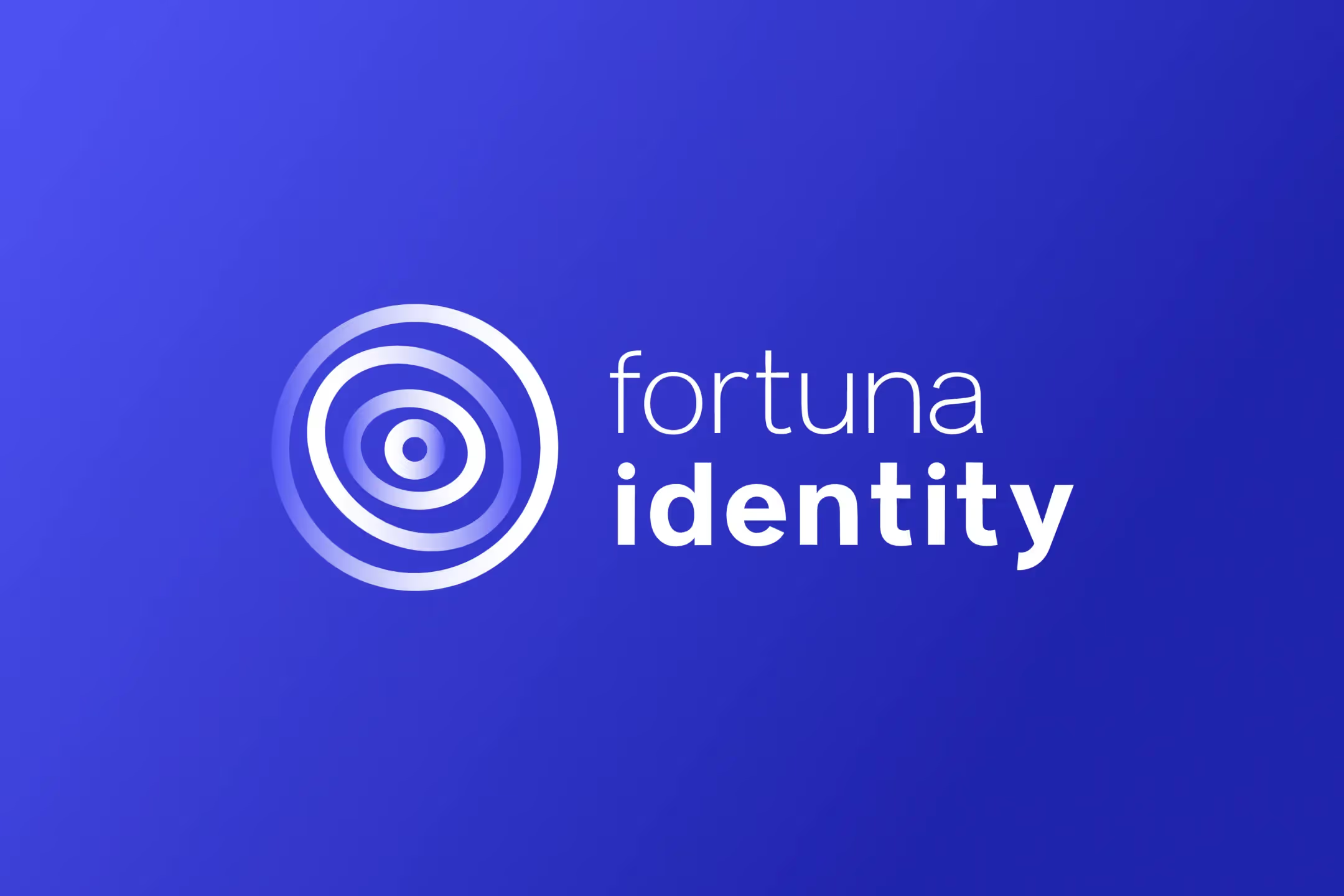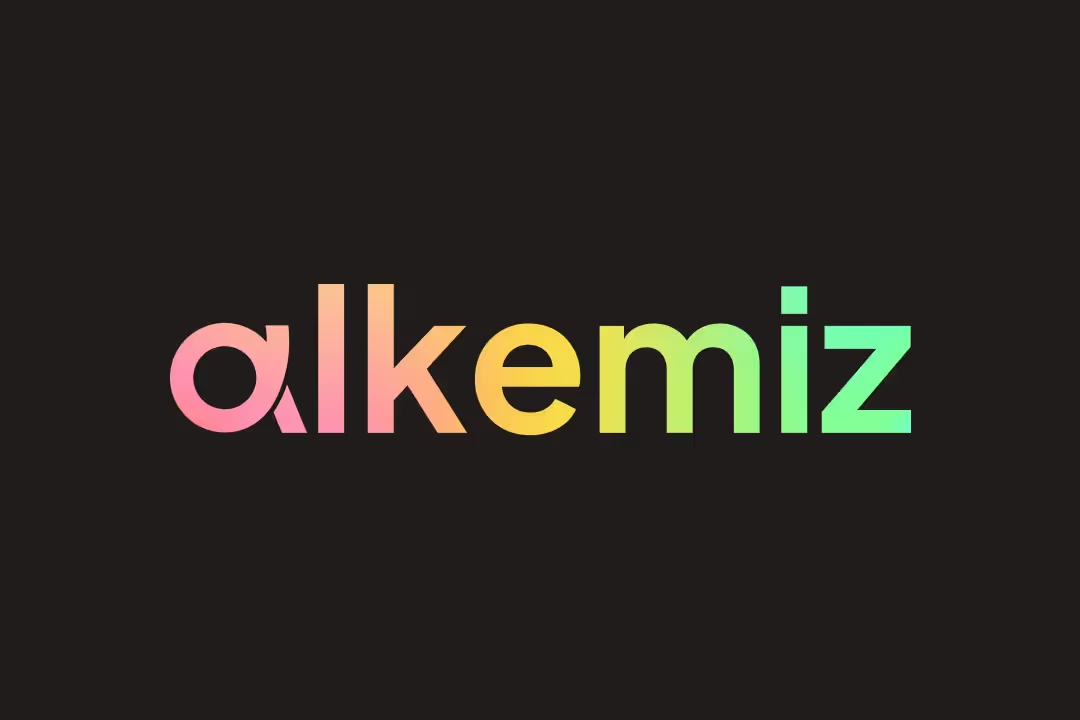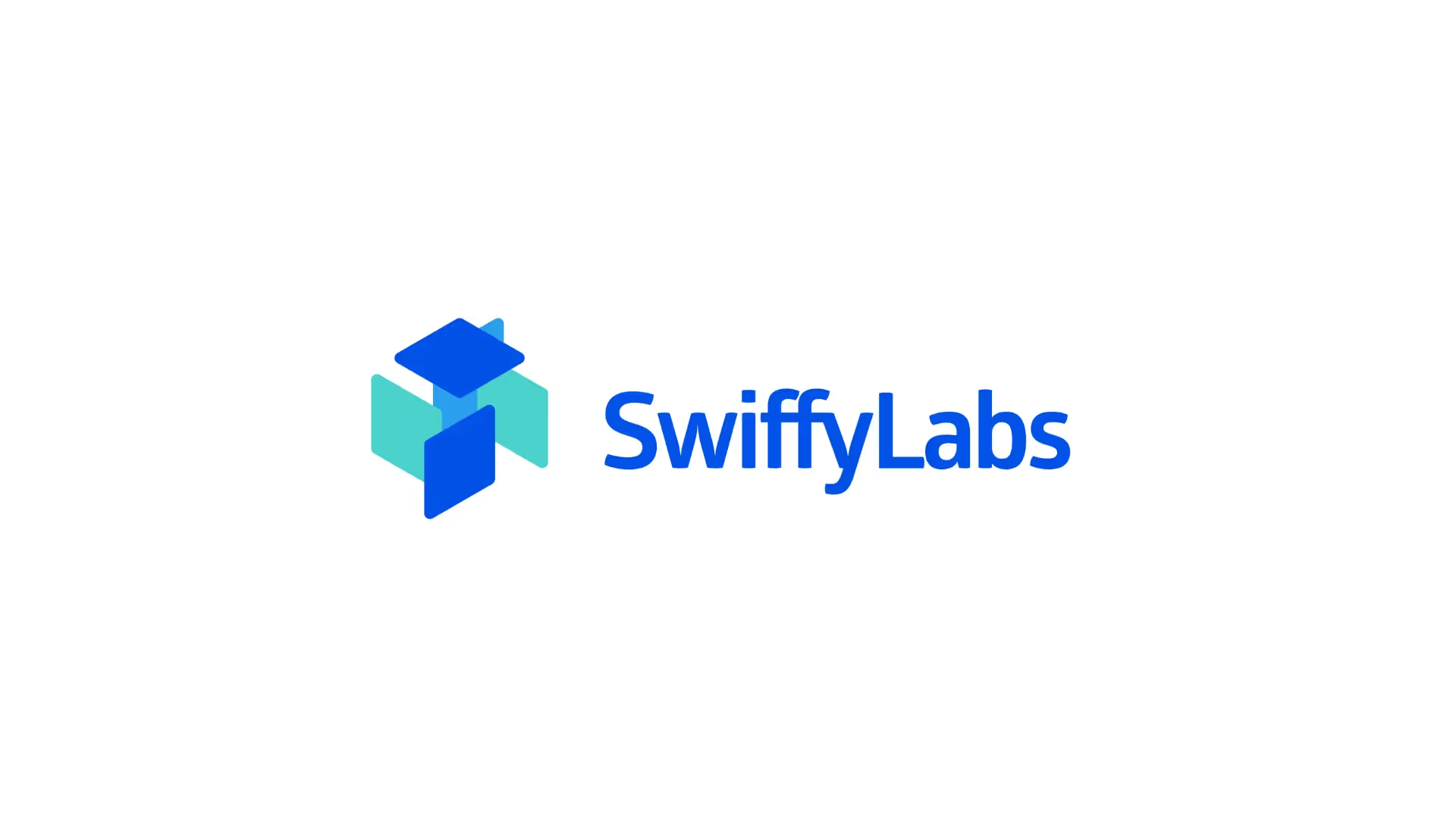Rebranding Agency
A rebranding agency helps companies evolve their brand identity to better reflect their current goals, values, or market positioning.
Rebranding Projects
Rebranding process may involve updating visuals like logos, redefining messaging, repositioning in the market, and enhancing customer perception.
The need for rebranding often arises from shifts in the business landscape, a desire to reach new audiences, mergers or acquisitions, or a need to overcome outdated brand associations. Rebranding agencies specialize in strategically aligning a brand's identity with its business vision, helping to establish a stronger, more relevant market presence.
Rebranding Agency Clients









Rebranding: A Strategic Transformation with Everything Design Agency
Rebranding is far more than just changing a logo or altering the colors of a website—it's a strategic metamorphosis that redefines how a brand speaks to its audience, embodies its values, and positions itself within the marketplace. At Everything Design Agency, we believe in rebranding as an opportunity to realign a company’s visual identity with its vision, mission, and goals—helping businesses grow, adapt, and thrive in an ever-evolving market.
The Importance of Rebranding
In an age where brands must compete for attention in a crowded digital space, standing still is not an option. Markets evolve, consumer behaviors change, and technologies advance—all driving a need for brands to remain relevant and resonate with their audiences. A well-crafted rebranding strategy allows a company to address outdated perceptions, reach new target audiences, and respond effectively to the shifting industry landscape.
Our Approach to Rebranding
Everything Design Agency approaches rebranding by starting at the core of what makes a business unique. We delve deep into understanding the “why” behind an organization, its values, and the essence of its narrative. Rebranding, in our perspective, is a collaborative journey. By partnering closely with clients, we explore their history, successes, and challenges to develop a reimagined brand that not only reflects where they have been but also positions them for future opportunities.
Key elements of our rebranding process include:
- Research & Brand Audit: We begin by conducting an in-depth audit of the current brand. This includes evaluating market positioning, understanding audience perceptions, and analyzing competitors to gain a comprehensive understanding of the brand’s current identity and impact.
- Redefining Brand Purpose: Every brand must have a purpose that speaks to its audience. We collaborate with the client to redefine the brand’s mission and values—clarifying its purpose and the emotional connection it wants to establish.
- Visual Identity Transformation: The visual representation of a brand is crucial to conveying its personality and promise. We update visual elements such as logos, typography, and color palettes to reflect the modern identity of the brand while ensuring it aligns with the values and resonates with the target audience. Whether it’s an evolution or a complete redesign, our goal is to create an impactful and memorable visual language.
- Tone of Voice & Messaging: Rebranding is not just about visuals—it’s also about the words. We help brands find their authentic voice, defining key messaging that connects with audiences in an engaging, empathetic, and relatable manner. We strive for clarity, consistency, and resonance in every communication touchpoint.
- Digital & Physical Reimagining: As experts in branding and communication design, we understand the importance of creating cohesive brand experiences across all platforms. Our rebranding work often includes digital reimagining through website development and motion graphics, as well as traditional brand collaterals. The goal is to create a seamless, high-quality brand experience—whether it's on a website, social media, or a physical event.
Rebranding Success: A Case Study
Our recent work with Simpli Contract, a contract lifecycle management startup, showcases how rebranding can invigorate a brand’s narrative. The rebranding emphasizes their Next Gen AI-powered platform, aiming to simplify complex contract management, enhance data connectivity, and offer scalable, no-code solutions. We reimagined their logo, crafted an updated visual identity, and redesigned the website with a clean and approachable user interface that resonates with patients and healthcare providers alike. Our motion graphics further amplified their story, enhancing their brand’s visual storytelling to create an emotional connection with their audience.
The Impact of Rebranding
The impact of rebranding goes beyond aesthetics. A well-executed rebrand revitalizes a company’s reputation, improves customer loyalty, and strengthens employee pride. It provides clarity, direction, and helps organizations express their commitment to their clients and their market. At Everything Design Agency, our focus is to help businesses not only evolve their brand identities but also to create powerful, transformative experiences that resonate deeply with their audiences.
Why Rebrand with Everything Design Agency?
Rebranding is about transformation, and that’s what Everything Design Agency thrives on. We provide strategic insights, bold creative solutions, and a collaborative approach that ensures our rebranding projects are not just visually stunning but strategically impactful. Whether it’s a complete rebrand or an identity refresh, our team is dedicated to elevating your brand to its highest potential.
Let’s Transform Together
At Everything Design Agency, we’re passionate about empowering brands to evolve and succeed. Whether you’re looking to reposition yourself in the market, attract a new audience, or breathe fresh energy into your business, rebranding can be the catalyst for transformation. Let us partner with you on this exciting journey—one that redefines your brand story and creates meaningful connections with your audience.
Rebranding is ultimately about shaping how a brand is perceived, taking it from its current state to a future that is more aligned with its goals and audience aspirations. Everything Design Agency aims to make that transformation a seamless and inspiring process, turning visions into impactful realities.
It's understandable to auto-assume that “crappy branding” or a “crappy website” signals a “crappy product.” In today’s digital-first world, your brand’s online presence—particularly its website and visual identity—is often the first interaction people have with your business. If that experience is subpar, it’s easy for potential customers to make a snap judgment about the quality of the product or service you offer. Here’s why:
1. First Impressions Stick
Your website and branding are often the first touchpoints for potential customers. If someone lands on your website and it’s clunky, outdated, or confusing to navigate, they may immediately assume your product is just as poorly developed. First impressions are hard to undo, and in many cases, people won’t stick around long enough to find out if your product is better than your branding.
2. Branding Reflects Professionalism
High-quality branding signals that a business is professional, credible, and takes pride in what it offers. On the flip side, if your branding looks sloppy, outdated, or inconsistent, people will assume that same lack of care applies to your product. Consumers want to trust that they’re investing in something made with thought and precision—branding serves as the “face” of that promise.
3. User Experience Matters
A website’s usability directly affects customer perceptions. If your site is slow, hard to navigate, or doesn’t function properly on mobile, it frustrates users. This frustration often transfers to their view of your product. A poor user experience can make them feel as though you don’t care enough about your customers, and by extension, they may assume your product lacks quality too.
4. Competition Sets the Bar High
In a competitive market, consumers are spoiled with choices. When your competitors have sleek, professional branding and a seamless online experience, your website and branding are constantly being measured against them. If you fall short, people might assume you’re not keeping up in other areas, including product development and customer service.
5. Consistency Breeds Confidence
A well-branded website creates consistency in how your brand is presented, which fosters trust. If your website looks amateurish or inconsistent with your other branding materials, it introduces doubt. Customers start wondering whether your product might also be inconsistent in terms of quality and reliability.
6. Emotional Connection Drives Trust
Branding and website design go beyond visuals—they help form emotional connections. A clean, user-friendly website with compelling branding can create a sense of confidence and excitement about your product. On the flip side, poor design fails to evoke any positive emotion, leaving people with no compelling reason to stick around or trust your offering.
Rebrands Aren’t Just About Good Design — They’re About Shifting Perception
Let’s take the case of Olipop, a beverage brand that’s now redefining what it means to be a “healthy soda.”
Olipop began as a niche gut health drink — a functional product with a clear mission and genuine benefits. It started small, selling in a handful of local stores, catering to the health-conscious consumer segment. From the outside, it had all the right ingredients: a solid product, purpose-driven positioning, and a growing wellness trend.
But there was one problem — the brand was talking to the wrong audience.
Shortly after its initial launch, Olipop underwent a strategic rebrand. And this pivot was transformative.
The Insight That Changed Everything
In the research phase, the team unearthed a powerful behavioural truth:
Consumers don’t buy food and beverages for their benefits — they buy for flavour.
This might sound counterintuitive, especially when you’re building a brand around health. But think about it: if benefits alone sold products, junk food wouldn’t dominate supermarket shelves. Taste — not functionality — is the first driver of purchase decisions.
Armed with this insight, Olipop made a bold move.
From Functional Health Drink to Flavour-First Soda
Instead of competing with kombuchas and health drinks, Olipop repositioned itself within the mainstream soft drink category — a space traditionally ruled by giants like Coke and Pepsi.
The packaging was redesigned to highlight flavour first, placing cues like vibrant colours, familiar soda formats, and nostalgic typography front and centre. The health benefits — gut support, low sugar, prebiotics — became the secondary message. Not hidden, but not leading.
This allowed consumers to feel like they were indulging — without guilt. They weren’t compromising on taste to make a healthy choice.
The Results?
- Rapid expansion into Whole Foods, national grocery chains, and premium retailers
- Reframed as a premium lifestyle beverage rather than a niche health drink
- On track to hit $500 million in revenue by 2025
Rebranding isn’t just about making things “look good.” It’s about reframing the narrative — aligning brand strategy and design to meet people where they are, not where you wish they were.
When strategy and design move in tandem, they don’t just enhance perception — they reshape it. They turn niche products into household names.
That’s the power of branding done right.
In Conclusion
Your branding and website are critical components of how your product is perceived. While your product might be excellent, poor branding or a subpar website can send the message that your business isn’t invested in quality. It’s not just about aesthetics; it’s about creating a seamless, professional, and trustworthy experience that reflects the value of what you’re offering.
Investing in strong branding and a well-designed website is not just an option—it’s essential if you want people to believe in the quality of your product. After all, great products deserve to be represented in the best possible light.
Top 10 Rebranding Service Providers (2025)
The rebranding industry has evolved significantly in 2025, with agencies offering comprehensive transformation services that go far beyond simple logo updates. Here are the leading rebranding service providers making the biggest impact:
1. Pentagram
Global Design Powerhouse with Strategic Excellence
Pentagram remains the world's largest independent design consultancy, founded in 1972 and operating from offices in London, New York, Berlin, Austin, and San Francisco. With 24 design partners and a unique collaborative model, they've crafted rebrands for major corporations including Mastercard, Windows, Verizon, and Reddit.
Key Strengths:
- Global reach with 251-300 employees
- Budget range: $400k+ with hourly rates of $350-$500
- Specializes in luxury goods, technology, media, and financial services
- Known for timeless, globally resonant brand identities
2. Landor
Strategy-First Branding with Cultural Intelligence
Now operating as Landor (formerly Landor & Fitch), this WPP-owned agency recently underwent its own significant rebrand in 2023. They've expanded beyond traditional design to include sonic branding, architectural design, and motion specialists, making them uniquely positioned for comprehensive rebranding projects.
Key Strengths:
- Comprehensive consulting, design, and experience services
- Strong focus on data-driven brand performance
- Global presence with cultural sensitivity
- Recent notable rebrands include Pearson and BANCOMAT
3. Wolff Olins
Heritage and Innovation Specialists
Renowned for high-profile corporate rebranding projects, Wolff Olins executed McKinsey & Company's landmark rebrand in 2019. They excel at balancing heritage with modernization, particularly for established firms seeking to signal transformation.transformmagazine+1
Key Strengths:
- Expertise in corporate reputation management
- Strong track record with consulting firms and financial services
- Focus on contrasts between "old and new," "heritage and modernity"transformmagazine
4. Ramotion
Tech-Focused Brand Transformation
With offices in San Francisco, Los Angeles, and New York, Ramotion has completed 350+ projects for startups and Fortune 500 companies. They specialize in complete rebranding packages from strategy through ongoing support.duck
Key Strengths:
- 15+ years of experience in tech sector branding
- Notable clients include Salesforce, Netflix, Adobe, and Mozilla
- Comprehensive services from audit to full visual identity redesignduck
5. IDEO
Human-Centered Brand Design
While primarily known for product design, IDEO has increasingly moved into branding and organizational transformation. Their human-centered design approach makes them particularly effective for rebrands requiring cultural and customer experience changes.
Key Strengths:
- 500+ staff with design thinking methodology
- Focus on service design and customer experience
- Strong track record in scaling brands while maintaining authenticity
6. Digital Silk
Performance-Driven Rebranding
Digital Silk combines brand development with data-backed approaches, tying rebranding work to tangible KPIs like conversions and retention. This makes them particularly valuable for growth-stage companies.
Key Strengths:
- Measurable impact focus
- Strong digital and web integration
- Expertise in scaling brand systems
7. Soto Group
Global Expansion Specialists
Soto Group specializes in helping businesses reposition and expand across markets, making them ideal for companies preparing for international scale or entering new verticals.sotogroup
Key Strengths:
- Market entry and repositioning expertise
- Multi-language execution capabilities
- Strategic clarity for complex brand shifts
8. Brand Union (The Brand Union)
Financial Services and Corporate Expertise
Now part of WPP, Brand Union has extensive experience in regulated industries and complex corporate rebranding projects. They've worked on major transformations for Royal London, Scania, and Tyson Foods.
Key Strengths:
- Deep expertise in financial services and B2B sectors
- Global network across 21 offices
- Strong track record in corporate consolidation rebrands
9. Toptal
Talent-Driven Rebranding Solutions
Toptal offers full-spectrum rebranding services by assembling curated teams from the top 3% of global talent. Their approach includes comprehensive audit, positioning, guidelines, and rigorous execution.
Key Strengths:
- Access to world-class specialists across 300+ industries
- Scalable from startup to enterprise
- Data-driven approach with measurable brand impact
10. Clay
Startup-Focused Creative Direction
Based in San Francisco, Clay has emerged as a leader in creative-direction-led brand design for tech startups and forward-thinking companies. They integrate brand strategy, storytelling, and user experience design.
Key Strengths:
- Specializes in B2B and tech sector rebranding
- Strong reputation among early-stage to growth companies
- Emphasis on emotional resonance and scalable brand systems
Key Trends in Rebranding Services (2025)
Comprehensive Service Integration: Leading providers now offer end-to-end solutions including sonic branding, motion design, and digital experience integration.
Performance Measurement: Agencies increasingly tie rebranding success to measurable business outcomes, with some reporting client improvements like 30% reduction in onboarding time and increased Net Promoter Scores.
Cultural Sensitivity: Global agencies are investing heavily in cultural intelligence and local market understanding, recognizing that 73% of people trust brands that authentically reflect culture.
AI and Technology Integration: Forward-thinking agencies are incorporating AI tools and advanced analytics into their rebranding processes while maintaining human-centered design principles.
The rebranding industry in 2025 demands more than visual updates—successful providers offer strategic transformation that aligns brand identity with business evolution, cultural relevance, and measurable growth outcomes.
- https://clay.global/blog/top-branding-agencies
- https://www.creativeboom.com/news/landor/
- https://www.itsnicethat.com/news/landor-graphic-design-211123
- https://www.designweek.co.uk/landor-rebrands-pearson-to-broaden-its-education-positioning/
- https://the-brandidentity.com/project/birds-eye-view-landor-embraces-wide-angles-in-its-hyper-vision-brand-evolution-for-bancomat
- http://www.transformmagazine.net/articles/2019/mckinsey-builds-new-confident-identity-based-on-contrasts/
- https://wolffolins.com/work/mckinsey
- https://duck.design/top-rebranding-agencies/
- https://www.ideo.com/works/designing-a-brand-to-scale-big
- https://en.wikipedia.org/wiki/IDEO
- https://www.hbs.edu/information-technology/tools-services/all-tools-list/multimedia/featured-cases/ideo
- https://www.linkedin.com/company/pentagram
- https://sotogroup.co/rebranding/
- https://www.campaignlive.co.uk/article/wpps-enterprise-ig-rebrands-brand-union/764577
- https://lbbonline.com/news/brand-union-creates-new-identity-for-royal-london
- https://www.designweek.co.uk/issues/20-26-february-2017/brand-union-reveals-streamlined-visual-identity-scania/
- https://gdusa.com/tyson-branding-supports-new-sustainability-model/
- https://interbrand.com/thinking/accenture-ai-revolution-empowering-brands/
- https://newsroom.accenture.com/news/2025/accenture-changes-growth-model-to-reinvent-itself-for-the-age-of-ai
- https://www.superside.com/blog/branding-agencies
- https://www.linkedin.com/pulse/top-7-branding-agencies-india-digital-mojo-mcbhf
- https://brandemic.in/blog/top-10-branding-agencies-in-bangalore/
- https://influencermarketinghub.com/rebranding-agencies/
- https://knapsackcreative.com/blog-industry/top-branding-agencies
- https://www.everything.design/location/bangalore-branding-agency
- https://www.everything.design/blog/rebranding
- https://www.superside.com/blog/creative-agencies
- https://www.linkedin.com/pulse/10-best-branding-agencies-bangalore-2024-thewilsonwings-s8yjf
- https://www.sortlist.com/s/rebranding/india-in
- https://www.everything.design/blog/top-branding-agencies-india
- https://content-whale.com/blog/top-leading-brand-strategists/
- https://www.designrush.com/agency/logo-branding/startups
- https://www.munro.agency/branding-agencies/
- https://managementconsulted.com/top-consulting-firms/
- https://www.everything.design/blog/top-branding-agencies-india
- https://clutch.co/in/agencies/branding
- https://www.g2.com/categories/branding-agencies
- https://brandemic.in/top-10-branding-agencies-in-bangalore/
- https://ossisto.com/blog/corporate-rebrand-specialists/
- https://www.studiosorted.com
- https://inbounderz.com/services/branding
- https://narrative.asia
- https://www.rebrandingexperts.com
- https://www.threerooms.com/services/company-rebranding
- https://landor.com
- https://www.digitalsilk.com/branding-agency/rebranding/
- https://clutch.co/in/agencies/branding/bengaluru
- https://freshmindideas.com/blog/top-services-offered-by-a-branding-company-in-2025/
- https://stratedgy.in
- https://newsroom.accenture.com/news/2020/change-powers-accentures-biggest-brand-move-in-a-decade
- https://www.cognitomedia.com/the-power-of-a-rebrand-lessons-from-mckinsey-company/
- https://lbbonline.com/news/accenture-and-droga5-spotlight-the-transformative-power-of-technology
- https://www.linkedin.com/company/ideo
- https://www.sixiemeson.com/our-work/sonic-branding/mckinsey-sonic-identity/
- https://www.ideo.com
- https://rattleandpedal.com/dissecting-mckinsey-rebrand/
- https://www.accenture.com/in-en/insights/strategy/reinvented-with-accenture
- https://www.ideo.org/perspective/rebranding-the-business-of-farming
- https://www.mckinsey.com/about-us/new-at-mckinsey-blog/meet-the-new-mckinsey-look
- https://www.accenture.com/cn-en/about/song-company-index
- https://www.ideo.org/services
- https://slideworks.io/resources/decoding-mckinseys-visual-identity-and-powerpoint-template
- https://www.pentagram.com
- https://en.wikipedia.org/wiki/Pentagram_(design_firm)
- https://www.behance.net/PentagramDesign
- https://www.pentagram.com/brand-identity
- https://the-brandidentity.com/project/landors-multisensorial-rebrand-for-elica-brings-both-art-and-engineering-into-the-kitchen-space
- http://brandng.blogspot.com/2014/02/brand-union-gets-rebrand.html
- https://www.pentagram.com/professional-services
- https://www.thebrandingjournal.com/2016/11/absolut-rebrand-as-part-of-their-global-strategy/
- https://www.pentagram.com/work
- https://landor.com/en/our-work/kelloggs/










.avif)









